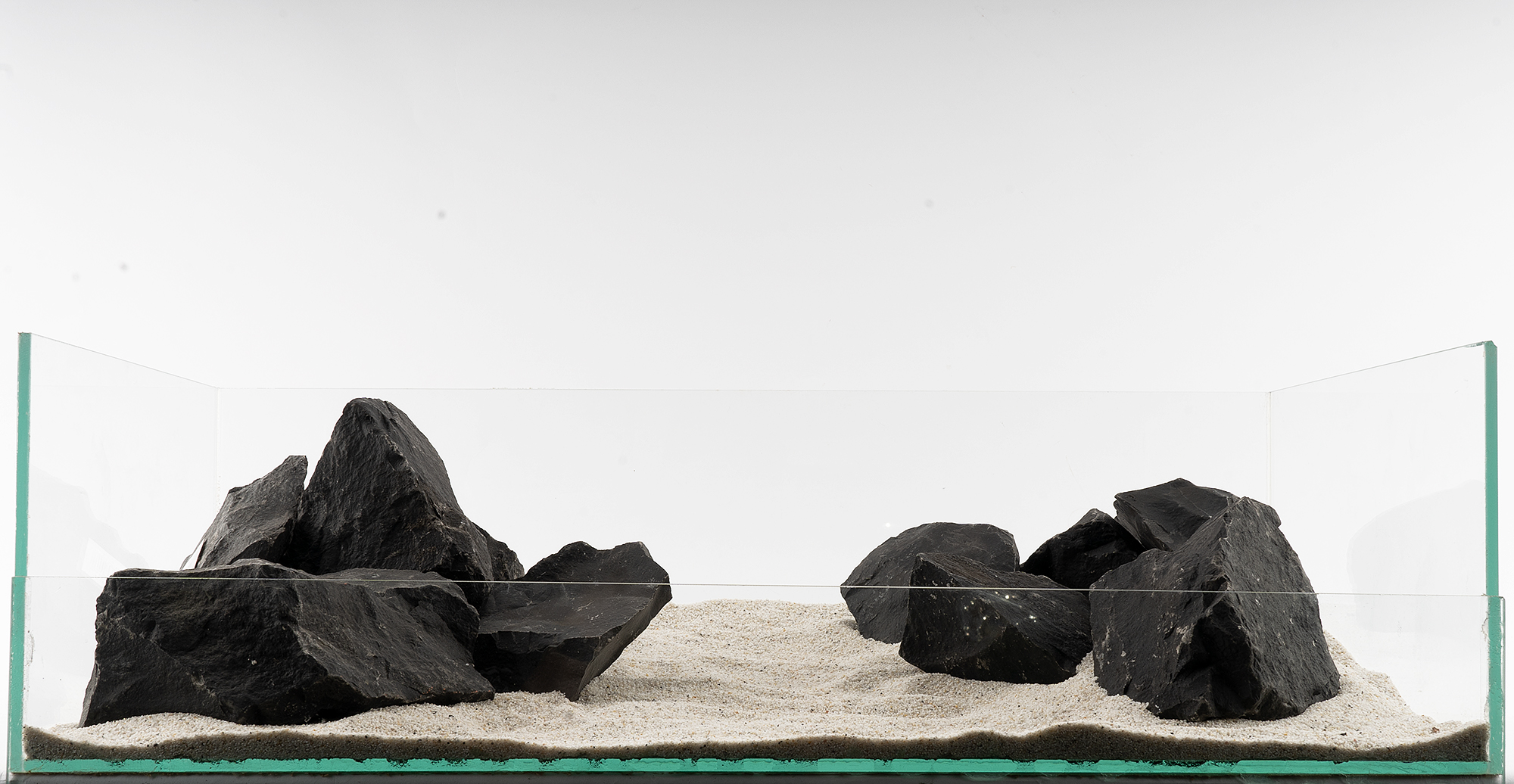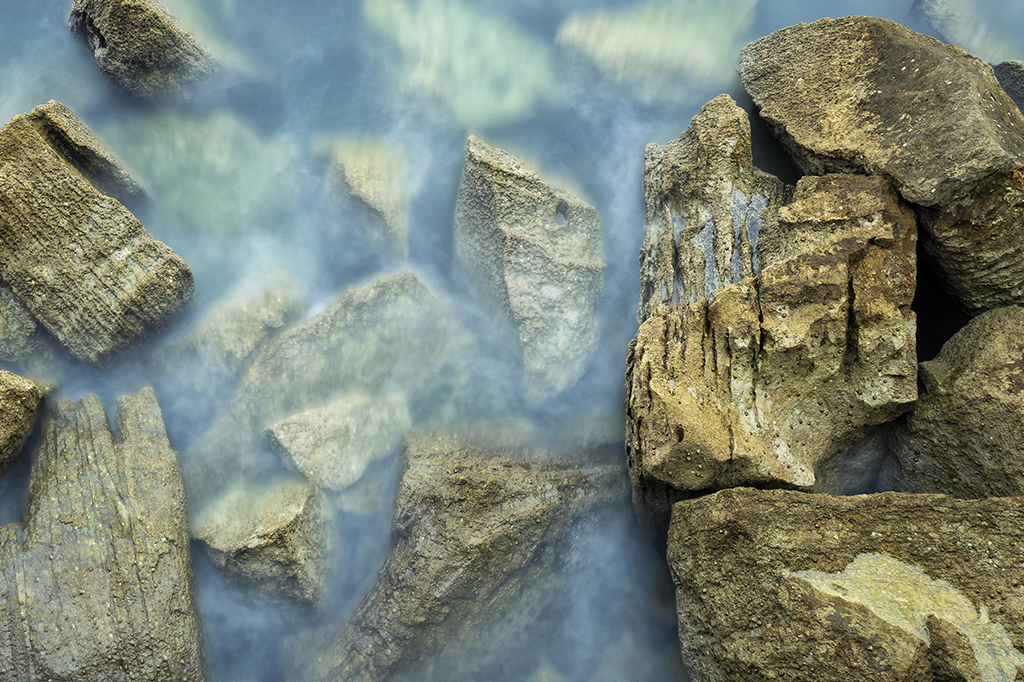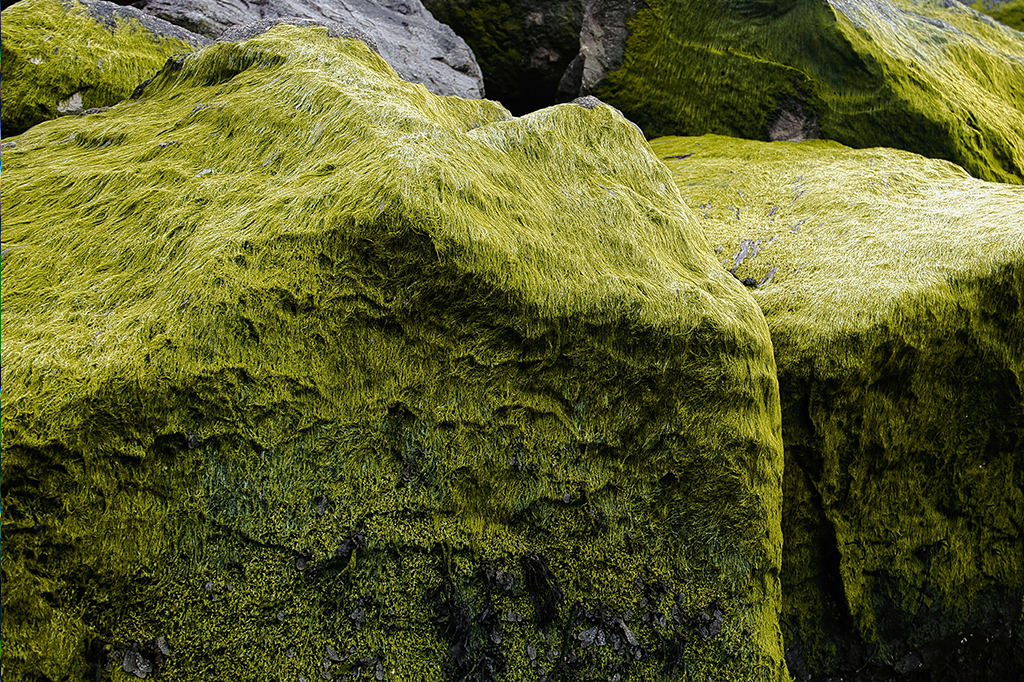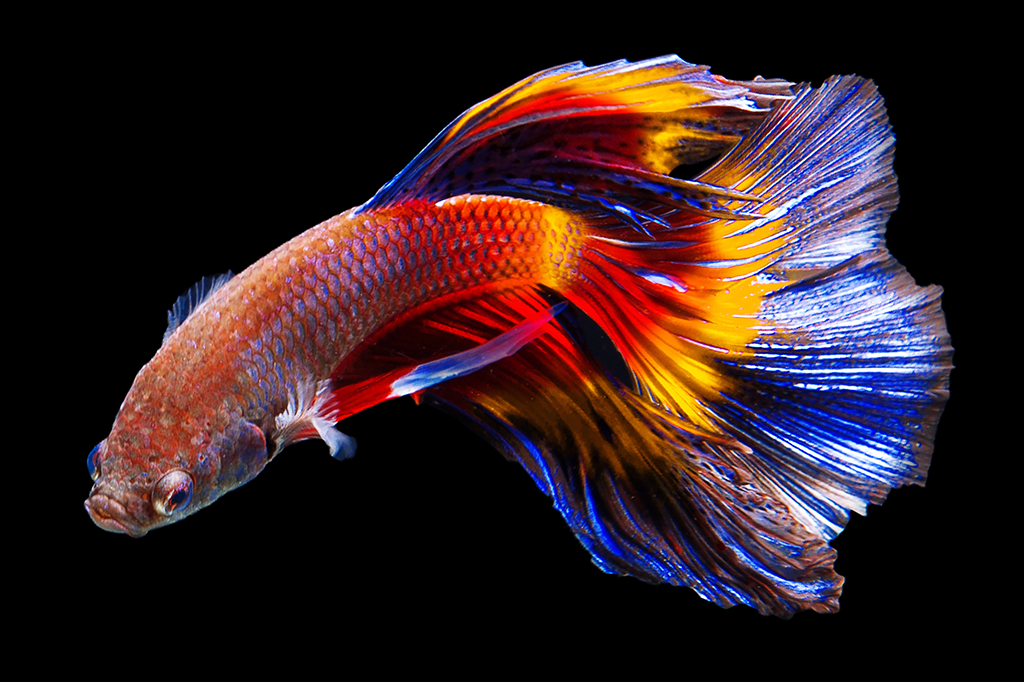One of the key elements of a beautiful aquascape is the use of stones or rocks. They not only provide a natural look to your aquarium but also offer hiding places for your fish and beneficial microorganisms. Here’s a guide to some of the different types of stones that can be used for aquascaping and aquariums.
This is part 2 of the Guide to Aquarium Stones & Rocks series. Read part 1 here:
Elephant Stone
Elephant Stone is a type of stone that is known for its large, rounded shapes and smooth texture. It is often used in aquascapes that aim to mimic the look of a riverbed.
Pros of using Elephant Stone:
- Elephant Stone, also known as Elephant Skin Stone or Elephant Rock, features a distinctive texture resembling the rough, wrinkled skin of an elephant. This unique appearance adds visual interest and natural beauty to the aquascape, creating a focal point or enhancing the overall aesthetic.
- Elephant Stone comes in various sizes and shapes, allowing aquarists to create diverse layouts and scapes to suit their preferences.
- Elephant Stone is durable and resistant to weathering, making it a long-lasting addition to the aquarium. It can withstand water conditions and maintenance routines without deteriorating.
Cons of using Elephant Stone:
- Elephant Stone may not be widely available in all areas and may be more challenging to find compared to other hardscape materials.
- Elephant Stone can be heavy and bulky, especially in larger pieces, which may make it difficult to handle and arrange within the aquarium. Care should be taken to ensure proper support and stability to prevent accidental shifts or collapses.
- Some Elephant Stones may contain minerals or compounds that could alter water chemistry or affect aquatic life. Aquarists should research the specific type of Elephant Stone they plan to use and monitor water parameters closely to ensure compatibility with their aquarium inhabitants.

Each piece is unique. Its elegant and rugged surface adds depth, dimension, and a sense of history to your landscaping.
Black Rock
Black Rock is a type of stone that is known for its dark color and smooth texture. It can add a dramatic touch to your aquascape and provides a great contrast to brightly colored fish and plants.
Pros of using Black Rock:
- Black Rock provides a striking contrast against lighter substrate materials, plants, and decor, adding depth and visual interest to the aquascape. Its dark color can create a dramatic backdrop.
- Black Rock’s rugged texture and dark hue evoke the look of natural rock formations found in rivers, streams, and underwater landscapes.
- The crevices, caves, and overhangs in Black Rock provide shelter and hiding places for fish, shrimp, and other aquatic inhabitants, promoting natural behavior and reducing stress.
Cons of using Black Rock:
- Black Rock tends to absorb and retain heat from aquarium lighting, potentially raising water temperature levels over time. This can be problematic in tanks with sensitive or temperature-sensitive species, requiring careful monitoring and adjustment of lighting and heating equipment.
- The dark coloration of Black Rock may encourage algae growth, especially in areas with high light intensity.
- Depending on the source and type of Black Rock, it may have a relatively uniform appearance in color and texture. This lack of variation can limit the visual interest and diversity in the aquascape design.

Slate Rock
Slate Rock is a type of metamorphic rock that is known for its flat, smooth surfaces. It is often used in aquascapes to create ledges and cliffs.
Pros of using Slate Rock:
- Slate rock typically features flat, smooth surfaces that are ideal for creating stacked or layered hardscape structures in the aquarium. These flat surfaces provide stable platforms for arranging plants, attaching mosses, or creating caves and overhangs for fish and other aquatic inhabitants.
- Slate rock’s earthy tones and layered texture mimic the look of natural rock formations, adding a sense of authenticity and realism to the aquascape.
- Slate rock is durable and resistant to weathering, making it a long-lasting addition to the aquarium.
Cons of using Slate Rock:
- Some slate rock pieces may have sharp edges or rough surfaces, which could potentially harm delicate fish or scratch tank surfaces during handling or maintenance.
- While slate rock’s flat surfaces provide stable platforms for attaching plants, mosses, and epiphytes, it may not offer as many attachment points as other porous hardscape materials. Some plant species may require additional support or alternative planting methods to thrive on slate rock surfaces.
- The flat surfaces of slate rock may promote algae growth, especially in areas with high light intensity. Without proper maintenance and algae control measures, algae can cover the rock’s surface.

100% Naturel perfect rocks for aquariums
Texas Holey Rock
Texas Holey Rock is a type of limestone that is known for its unique, holey appearance. It is often used in African Cichlid tanks as it helps to buffer the water to a higher pH.
Pros of using Texas Holey Rock:
- Texas Holey Rock, also known as Honeycomb Limestone, features unique, porous formations with holes and crevices that mimic natural rock structures found in Texas and other regions.
- The porous nature of Texas Holey Rock provides ample surface area for beneficial bacteria to colonize, contributing to biological filtration in the aquarium.
- Texas Holey Rock has the ability to buffer water pH, especially in setups with softer or acidic water conditions. The limestone composition of the rock can gradually release minerals into the water, helping to stabilize pH levels and create a more suitable environment for certain fish and plants.
Cons of using Texas Holey Rock:
- Texas Holey Rock may release calcium and other minerals into the water over time, leading to the buildup of calcium deposits or “calcite” on the rock’s surface and surrounding areas.
- While Texas Holey Rock can buffer water pH, it may also gradually raise pH levels over time, especially in setups with soft or acidic water. Aquarists should monitor water parameters regularly and be prepared to implement measures to adjust pH if necessary.
- While Texas Holey Rock can buffer water pH and hardness, it may not be suitable for aquarium setups requiring very soft or acidic water conditions. Some soft water species, such as certain tetras, discus, or dwarf cichlids, may prefer water parameters that are not compatible with the pH-raising properties of Texas Holey Rock.

These stones are perfect for anchoring plants and mosses, and create a natural looking environment, creating hiding places for shrimp and small fish.
Reef Rock
Reef Rock is a type of rock that is often used in saltwater aquariums. It is usually made from aragonite and is designed to mimic the rocks found in natural coral reefs.
Pros of using Reef Rock:
- The complex structures and hiding places provided by Reef Rock allow marine inhabitants to exhibit natural behaviors, such as grazing, sheltering, and territoriality.
- Reef Rock can help stabilize water chemistry parameters, such as pH and alkalinity, by releasing buffering compounds and minerals into the water.
- Reef Rock’s natural textures, colors, and shapes enhance the visual appeal of marine aquariums, creating a stunning and dynamic underwater landscape.
Cons of using Reef Rock:
- Reef Rock can be more expensive than other types of hardscape materials due to its natural origin and the labor-intensive process of collecting, curing, and preparing it for aquarium use.
- Reef Rock may release calcium and other minerals into the water over time, leading to the buildup of calcium deposits or “calcite” on the rock’s surface and surrounding areas.
- Some types of Reef Rock may contain traces of undesirable substances or pollutants that could negatively impact water quality or aquatic life. Aquarists should source Reef Rock from reputable suppliers and thoroughly rinse and cure it before adding it to the aquarium to minimize any potential risks.

Every box of Shapes LifeRock contains a mixture of arches, rings, and tunnels giving you unique looking pieces that can be used on their own or as accents to the rest of the aquascape.
This is part 2 of the Guide to Aquarium Stones & Rocks series. Read part 1 here:
In conclusion, the choice of stone for your aquarium depends largely on the species of fish and plants that you are housing in your aquarium. Each type of stone has its own unique characteristics and can contribute to the overall aesthetic of your aquascape. Happy aquascaping!






Leave a Reply